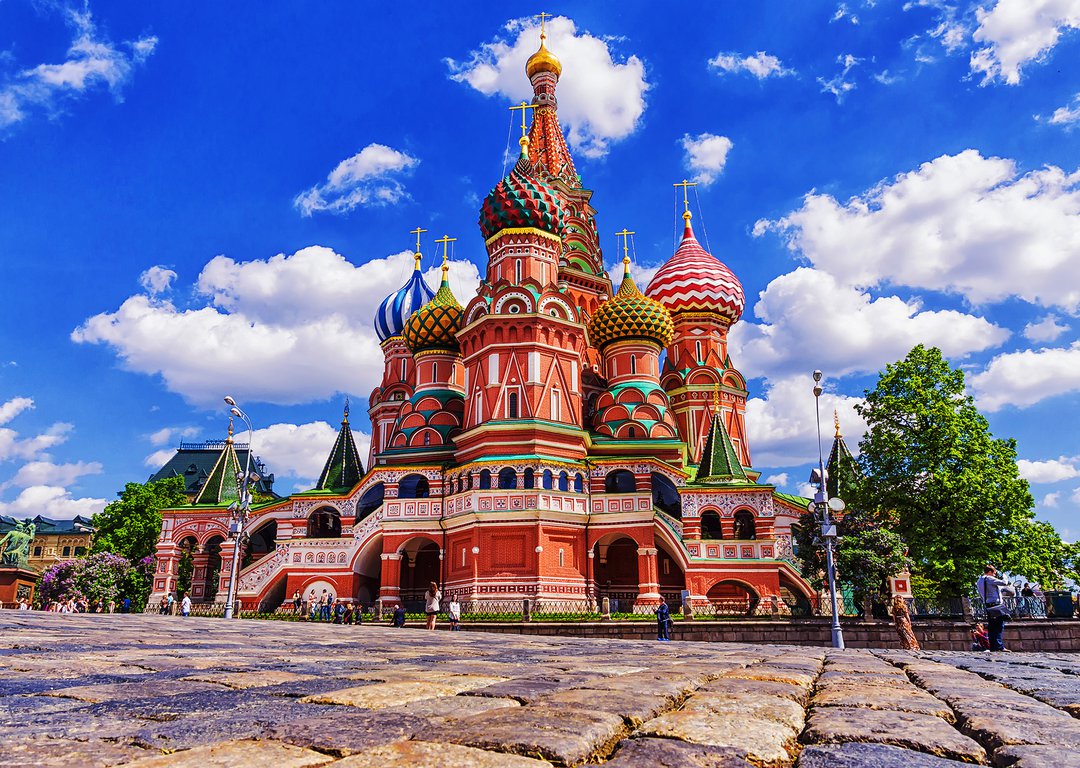 Convento Novodevichy
Convento Novodevichy➤Desayuno
➤El Kremlin de Moscú (todos los aspectos destacados, incluida la Armería)
➤Visita guiada por la ciudad de Moscú: la Plaza Roja, el Mausoleo de Lenin, la Catedral de San Basilio, GUM, el Teatro Bolshoi
➤Excursión en el convento de Novodevichy
➤Mirador de las montañas gorriones (Lenin Hills)
➤Dar un paseo por el famoso metro de Moscú
➤ Area del Arbat
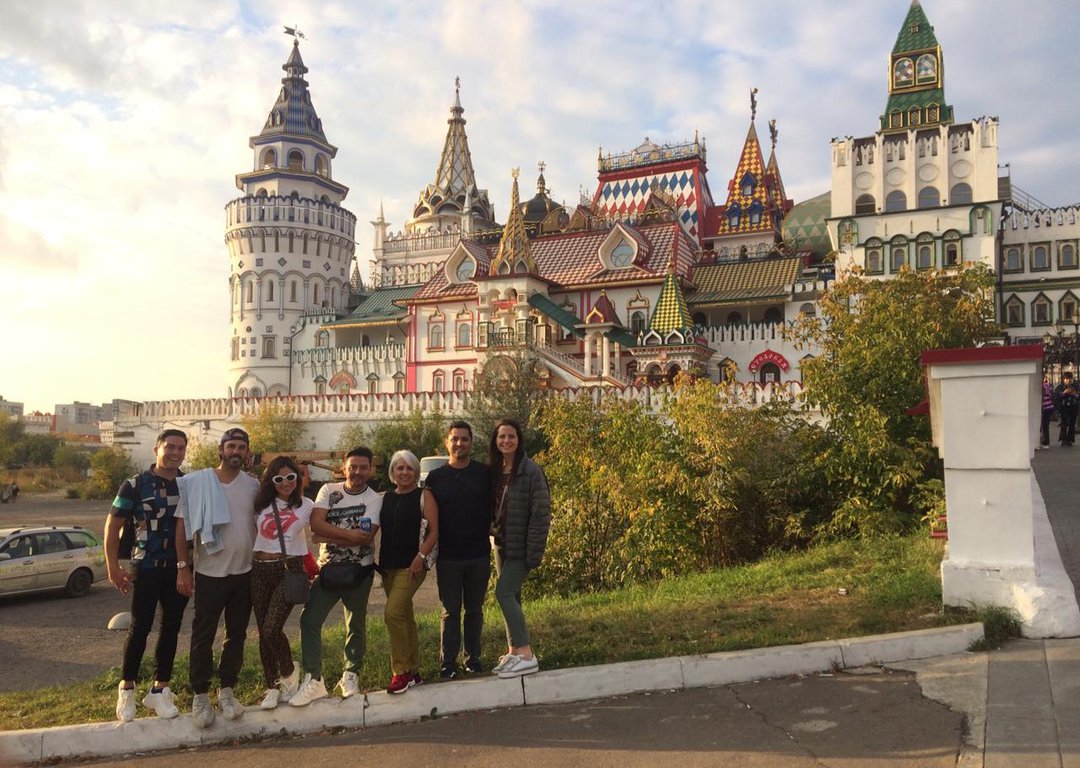 Nuestros invitados
Nuestros invitados Disfrute de una visita guiada al Kremlin de Moscú y vea todos los tesoros de los famosos museos. "Kremlin" no es en realidad un topónimo específico, sino que significa "fortaleza". El kremlin más conocido es, por supuesto, el de Moscú, en la Plaza Roja.
Y la Plaza Roja no es realmente roja debido a los ladrillos rojos, sino porque "rojo" en el antiguo idioma ruso significaba "hermoso". Y "Kremlin" significaba un castillo. Entonces ... hay muchos kremlins en Rusia y solo en Moscú podemos mostrarles algunos.
Visita guiada al Convento Novodevichy, Patrimonio de la Humanidad por la UNESCO. Fue fundada en 1524 para celebrar la victoria sobre Lituania. El edificio más antiguo es la catedral blanca, con frescos del siglo XVI. Novodevichy es el monasterio en funcionamiento, por favor respétalo y vístete en consecuencia.
El nombre "Kremlin" significa "fortaleza dentro de una ciudad", esta construcción tenía que proteger la ciudad de los enemigos. El Kremlin de Moscú adquirió el estatus de un símbolo sacro que representa el poder del gran país. Las vacaciones en Moscú no están completas sin una visita al Kremlin. Las murallas y torres modernas del Kremlin se construyeron de ladrillo rojo a finales del siglo XV. Ahora, detrás de sus muros, hay edificios gubernamentales y un enorme complejo de museos donde se almacenan miles de artefactos que cuentan la historia y la cultura de Rusia. En 1990, tanto la Plaza Roja como el Kremlin de Moscú se incluyeron en la Lista del Patrimonio Mundial de la UNESCO.
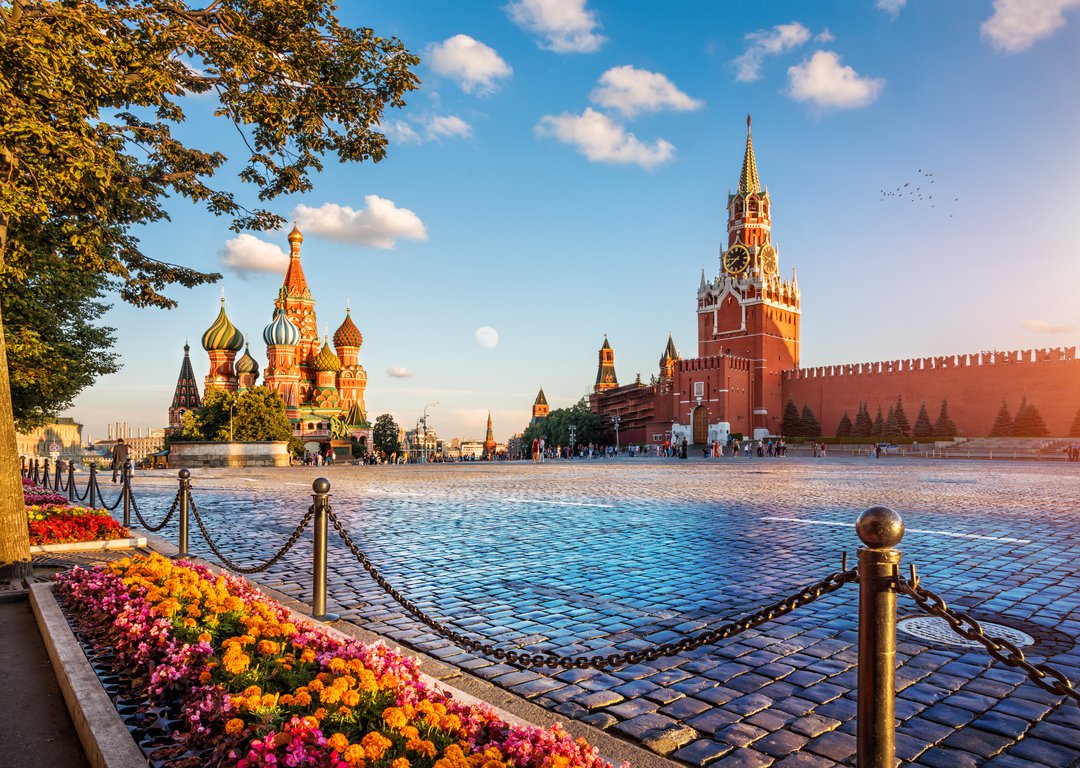 Catedral de San Basilio
Catedral de San BasilioLa catedral de Pokrovsky, o la catedral de San Basilio, no es solo una iglesia. Es un templo conmemorativo construido en la Plaza Roja en honor a la captura de Kazan y Astrakhan. La lucha principal en la que las tropas rusas ganaron una victoria sucedió en el día de la Intercesión de los Theotokos. Así el templo fue consagrado en honor a esta festividad cristiana. La catedral se compone de iglesias separadas. Cada uno de ellos también está consagrado en honor a las fiestas en las que hubo luchas decisivas para Kazan: Trinidades, el Domingo de Ramos y otros.
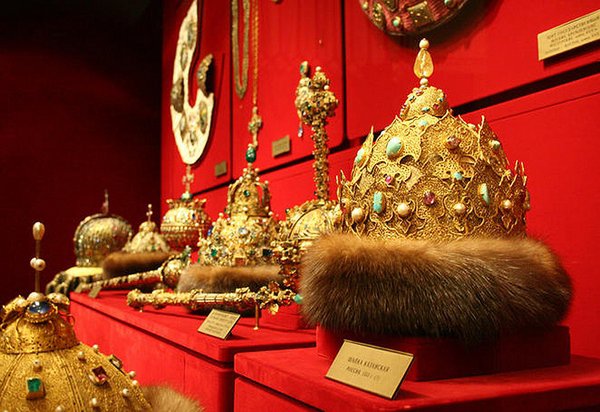 Plaza Roja
Plaza RojaLa Plaza Roja es un símbolo histórico de Moscú. El nombre de la plaza proviene de la palabra rusa "Krasnaya" que significa "rojo" porque está relacionada con la palabra "krasivaya" que significa "hermosa". La plaza roja separa el Kremlin de un histórico barrio de comerciantes conocido como Kitai-gorod. Miles de Los turistas vienen aquí no solo de todos los rincones de Rusia sino también de todo el mundo.
Conozca la ciudad tomando un viaje en metro hasta el lugar de su primera visita. El metro es una de las maneras más rápidas para llegar a cualquier lugar de esta ciudad y evitar los atascos de tráfico. Metro es la forma más rápida de llegar a cualquier lugar de esta ciudad y de evitar los atascos de tráfico. Si desea ver el Bolshoi, ¡es una buena idea reservar sus boletos con anticipación!
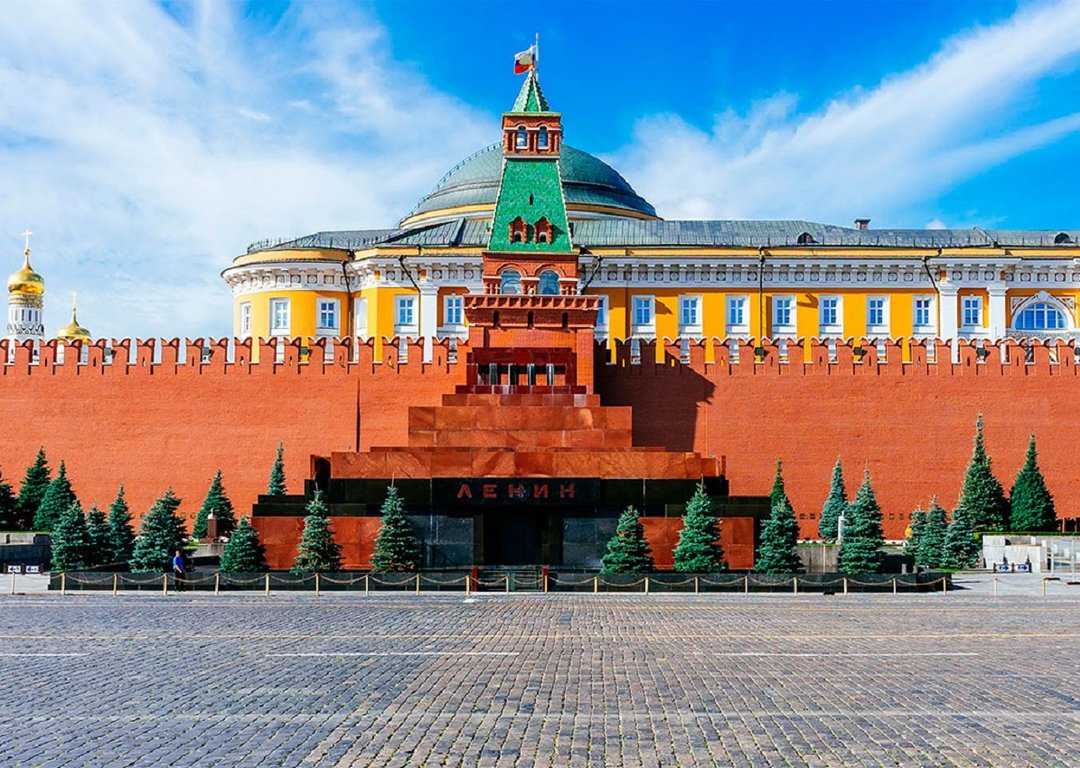 Lenin's Mausoleum
Lenin's MausoleumThe Red Square's name originates from the Russian word krasnaya, which historically meant both "red" and "beautiful." While today "krasnaya" is most commonly associated with the color red, in older times, it also carried the meaning of something being beautiful or grand. So, the square's name reflects both its striking appearance and its importance as a symbol of Russian heritage. It's no wonder that many visitors consider it one of the most memorable parts of their trip to Russia.
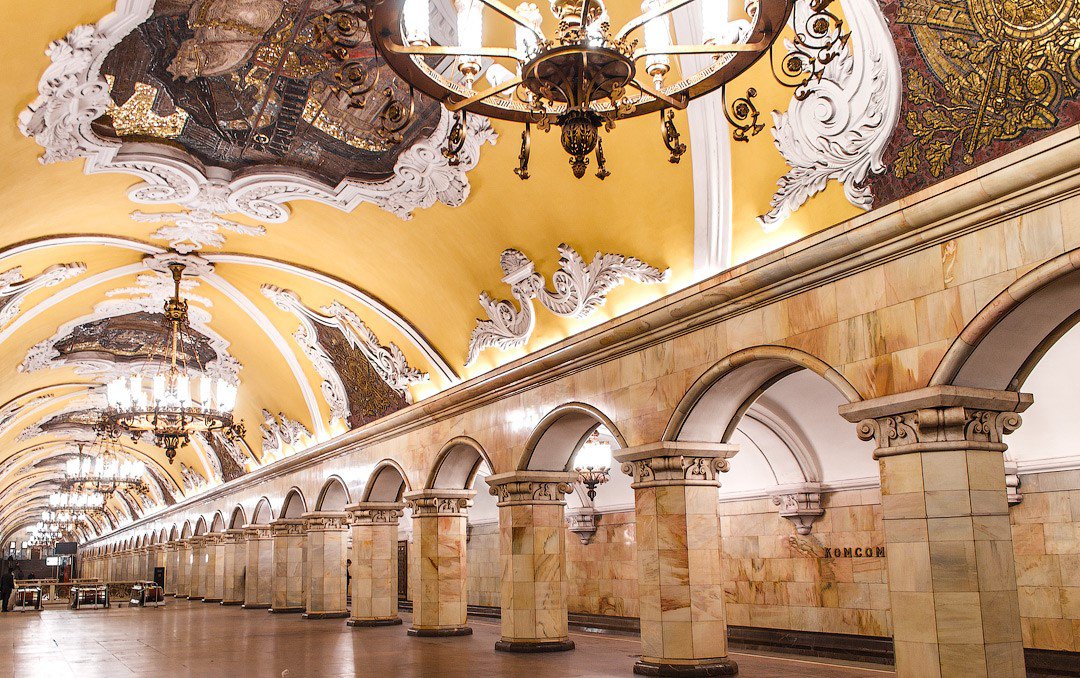 Moscow Metro
Moscow MetroThe Moscow Metro is not just a practical way to navigate the city; it’s an experience in itself, offering a glimpse into the heart of Russian history and culture. Opened in 1935 it has since grown into one of the largest and busiest metro systems in the world, with 268 stations crisscrossing the city. It is the busiest metro system in Europe, serving millions of passengers every day. What makes the Moscow Metro truly unique is the architectural beauty of many of its central stations. Far from being mere transport hubs, these stations are stunning examples of Soviet-era grandeur and decorative art. As you travel through them, you’ll encounter intricate mosaics, marble columns, ornate chandeliers, and frescoes that depict scenes of Soviet ideals and Russian history. Some stations, such as Kievskaya, Mayakovskaya, and Ploshchad Revolyutsii, are renowned for their art-deco and socialist realism designs, making them iconic landmarks in their own right. Riding the metro not only offers a quick way to avoid Moscow’s notorious traffic but also provides an immersive way to appreciate the city’s architectural heritage, with each station telling its own story of the past. It’s a must-do for anyone visiting Moscow, giving a deeper understanding of the city and its historical significance.
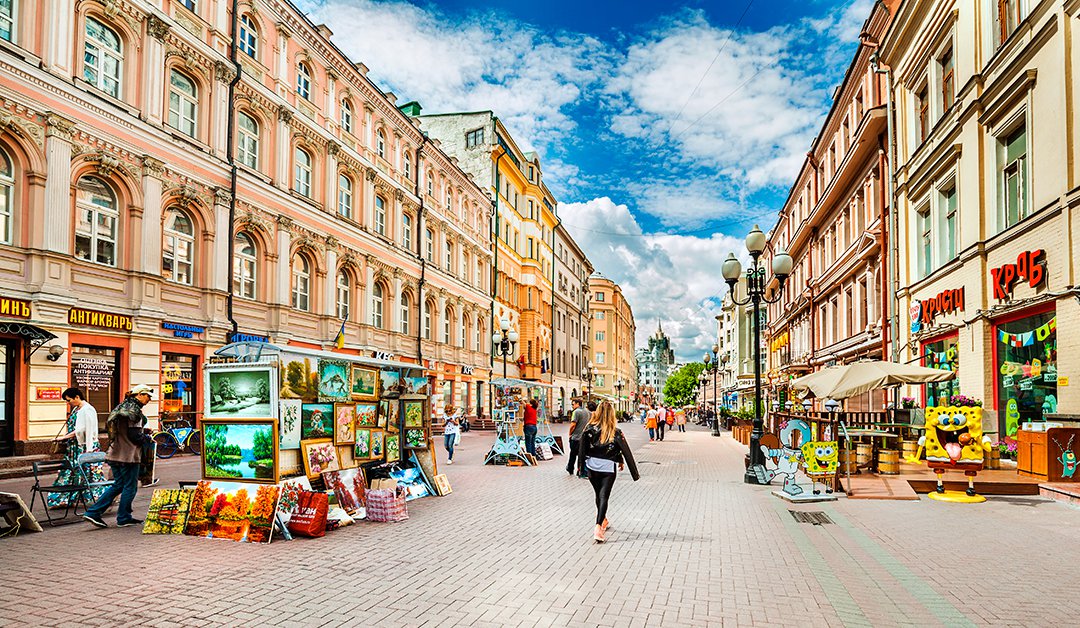 Old Arbat
Old ArbatStary Arbat Street is indeed one of Moscow's most historically significant and charming streets. As you walk along its cobblestone pathways, you’re not just navigating a physical space, but also stepping through layers of Russian history and culture. The street's vibrant atmosphere has long made it a hub for artists, writers, and musicians, dating back to the 19th century. Its quaint cafes, unique shops, and street performers add to its bohemian vibe, creating a space where past and present seamlessly coexist. The architecture along Arbat is an eclectic mix of old buildings, some with Soviet-era influences, while others preserve a more classical, pre-revolutionary style. In the evening, the street comes alive with warm lights and the hum of conversation, making it a perfect spot for a leisurely stroll. Whether you're admiring the colorful murals, chatting with local artists, or simply absorbing the lively ambiance, Stary Arbat offers a glimpse into Moscow's artistic soul.